Svidler, Fedoseev and Amin come out on top
When we last left the Hoogeveen matches at "half-time" the quartet of players was all tied at 1½ apiece. Svidler and Shankland traded wins, while Fedoseev and Van Foreest had made all draws. With colours reversed in the second half, the advantage of two Whites went to Svidler and Van Foreest. Svidler managed to capitalise right away with a win on the fourth game, which would ultimately be the decisive margin.
The games morphed through transposition several times: it began with 1.Nf3, Svidler then went for an English, and Shankland steered the game into a Queen's Gambit Accepted type position (assuming White eventually plays d4, which he did) to sidestep any topical English theory Svidler may have had in store.
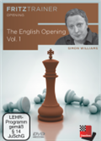 Williams main teaching method behind this set of two DVDs is to teach you some simple yet effective set ups, without the need to rely on memorising numerous complicated variations.
Williams main teaching method behind this set of two DVDs is to teach you some simple yet effective set ups, without the need to rely on memorising numerous complicated variations.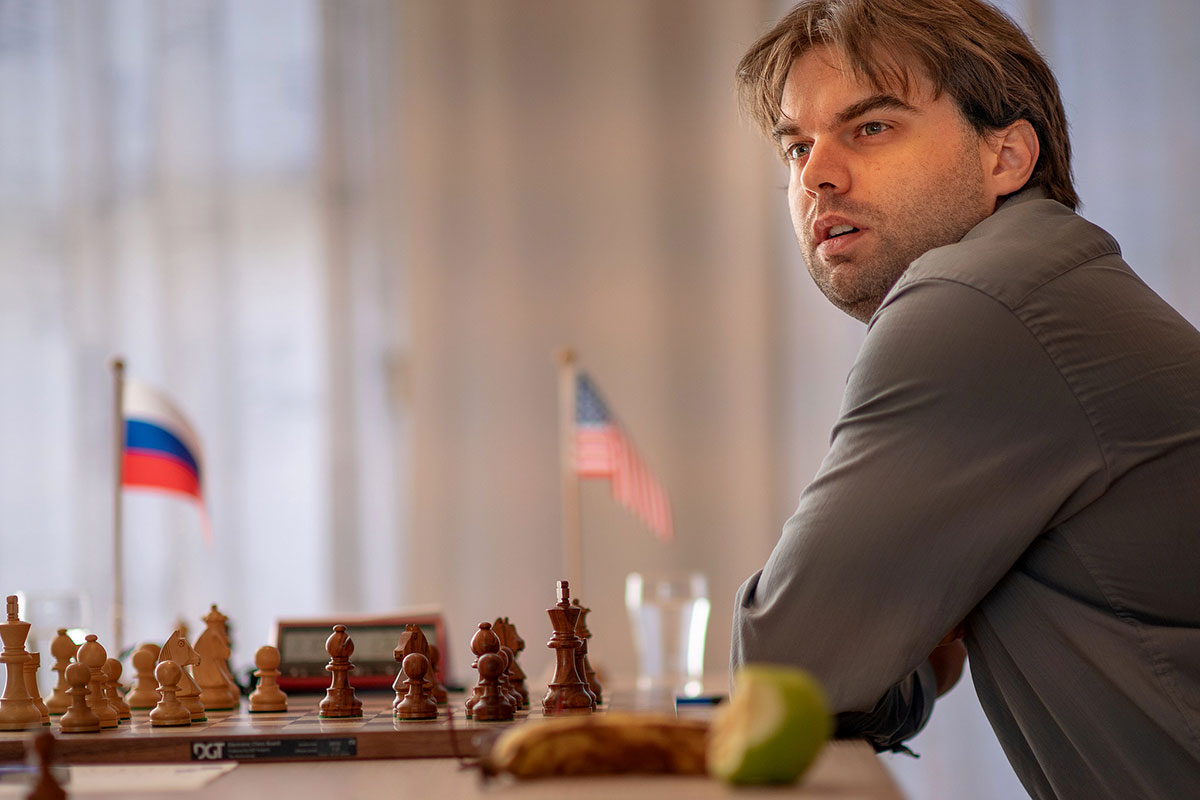
Shankland ponders his move | Photo: Frans Peeters Hoogeveen Chess
After both sides completed their development, Shankland lashed out with h5 and h4:
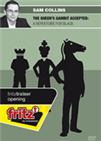 In this DVD Sam Collins presents a repertoire for Black based on the Queen’s Gambit Accepted, 1.d4 d5 2.c4 dxc4. Rather than get involved in the heavy theory of the Classical Main Line, the lynchpin of the repertoire is the active development of the queen’s bishop. The resulting positions have close similarities to the Nimzo Indian and Slav Defences, and Collins explains the way for Black to approach the middlegame with confidence based on a blockade and light square strategy. The resulting repertoire is solid, reliable, and suitable as either a main weapon or an occasional surprise choice. Video running time: 3 hours 30 min
In this DVD Sam Collins presents a repertoire for Black based on the Queen’s Gambit Accepted, 1.d4 d5 2.c4 dxc4. Rather than get involved in the heavy theory of the Classical Main Line, the lynchpin of the repertoire is the active development of the queen’s bishop. The resulting positions have close similarities to the Nimzo Indian and Slav Defences, and Collins explains the way for Black to approach the middlegame with confidence based on a blockade and light square strategy. The resulting repertoire is solid, reliable, and suitable as either a main weapon or an occasional surprise choice. Video running time: 3 hours 30 min
Svidler reacted with the sensible 19.Bg5 threatening to take on f6. Shankland needed to briefly defend with Be7 (threatening e5), with 20.Qe3 hxg3 21.hxg3 Rd7 being one of several possible equal continuations. But instead, Shankland went for it with 19...hxg3 20.Bxf6 gxf6 21.Qh6 Be5 22.Kh1 and Black's attack fizzles, leaving his own king hopelessly exposed. 22...g2+ 23.Kxg2 Bxd4 24.Nxd4 Qe5
Now, the game nearly came to a spectacular end with the line 25.Nf5 exf5 26.Kh1 Rxd1+ 27.Rxd1 Nh7 28.Bxf7+ winning, "but I panicked", Svidler said, "when I saw the immediate 26...Nh7." Still winning, however, is 27.Bxf7+ as the players surmised later, e.g. 27...Kxf7 28.Qxh7+ Ke6 29.exf5+.
The game saw 25.Kh1 and Shankland punted 25...Bxe4, which Svidler overlooked but found the antidote in 26.Rg1+ Bg6 27.Nxe6! fxe6 (or 27...Nxe6 28.Rc5! A killer deflection) 28.Rxg6 Nxg6 29.Qxg6 Kf8 30.Qh6+ Ke7 31.Qh7+ 1-0
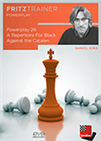 On this DVD Grandmaster Daniel King offers you a repertoire for Black against the Catalan, based around maintaining the rock of a pawn on d5. Keeping central control ultimately gives Black good chances to launch an attack against the enemy king.
On this DVD Grandmaster Daniel King offers you a repertoire for Black against the Catalan, based around maintaining the rock of a pawn on d5. Keeping central control ultimately gives Black good chances to launch an attack against the enemy king.The remaining two games ended drawn. Game five was fairly banal, with pieces being traded in a symmetrical structure and a handshake at move 24.
Game six had a bit more life with the players following Catalan theory through 11.Re1, notably the game Giri vs Vachier-Lagrave, 2015 Tbilisi FIDE Grand Prix.
The queens were soon exchanged and Shankland was unable to get much of a chance to unbalance the position in the resulting queenless middlegame. Ultimately it was Svidler who could torture his opponent in a pawn-up rook ending, but the players agreed to a draw on move 47.
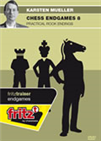 Rook endings are amongst the most frequently encountered endgames there are, and so your training effort will be quickly repaid in the form of half and full points. Knowing even a few rules of thumb and key methods makes life a great deal easier and provides a guiding light even in complex positions. This DVD focuses on the important themes which are to be found in common rook endings.
Rook endings are amongst the most frequently encountered endgames there are, and so your training effort will be quickly repaid in the form of half and full points. Knowing even a few rules of thumb and key methods makes life a great deal easier and provides a guiding light even in complex positions. This DVD focuses on the important themes which are to be found in common rook endings.
Svidler could relax at the closing ceremony after holding his lead | Photo: Hoogeveen Chess

Vladimir Fedoseev is once again knocking on the door of the top 30 | Photo: Frans Peeters Hoogeveen Chess
In the undercard contest, Fedoseev vs Van Foreest, the drawing regime continued through all six classical games. Game four was a sharp Najdorf, with Van Foreest on the attack with White, even sacrificing a bishop, but Fedoseev objectively better throughout most of it. By the time control at move 40, with a knight for two pawns in a double-rook ending, the game was already looking drawish.
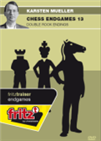 Double rook endings occur frequently and are different from single rook endings in several respects.
Double rook endings occur frequently and are different from single rook endings in several respects.Game five was mostly a needlessly long queen and bishop endgame which never strayed far from equality. Game six was more lively but Fedoseev with black was never in danger. And thus the classical match ended in six draws — somewhat unusual considering the number of Sicilians.
A blitz match was needed to break the tie, and it also began with a surprise as Van Foreest won on time in the first game in an equal position. Fedoseev, in the must-win second game with the black pieces, battled back with a Hippopotamus opening structure and was considerably worse after 20 moves. Van Foreest eschewed the sharpest lines but obtained a rook and knight endgame with an extra pawn and excellent winning chances when just a draw was enough. But in blitz anything can happen, and the Dutchman went from winning to drawing to winning again, before blundering away the game in one move.
Black is winning the a3-pawn, but after 48.Rd2 Rxa3 49.c6+ Kd8 (the pawn is taboo or else the d-pawn queens) 50.Rd5! Na7 51.b5+- and White is on top. What a difference a square makes.
48.Rc2? Rxa3 49.Kxg6 Rb3 and White's pawns are immobilised while Black's a-pawn ultimately won the game for Fedoseev!
With the momentum on his side, Fedoseev played a strong White game — one of the more interesting games of the match — to close things out.
Both players revealed at the closing ceremony that they will be playing in the A-group of the upcoming Tata Steel Chess tournament in January.
Not to be outdone, Shankland revealed that he would also be among the 13 grandmasters in the forthcoming Wijk aan Zee field, or as he put it, "As these two knuckleheads have already told you they’re coming to Tata, I can now say I will be there too".
All games Hoogeveen Matches
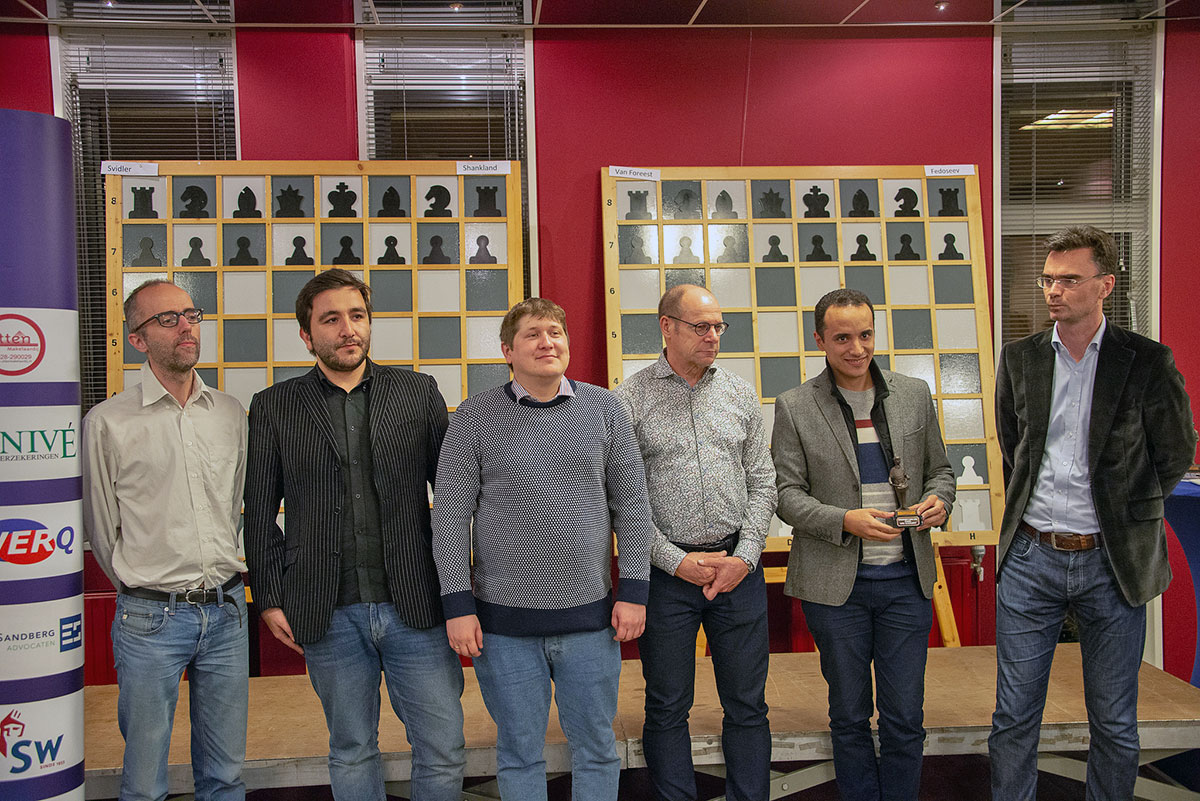
The top finishers in the Open, with tournament director GM Loek van Wely (far right) | Photo: Hoogeveen Chess
Bassem Amin (holding the trophy above) was the strongest in the Open. We'll take a closer look at his tournament in a follow-up article shortly.
Loek van Wely closed out the prize giving with a look towards the future: "I think we have been heading in the right direction this year with our focus on youth chess. And we intend to have the World Champion in Hoogeveen in 2021".
Of course, with two matches for the World Championship scheduled between now and then, it's anyone's guess who that might be.
Links



























